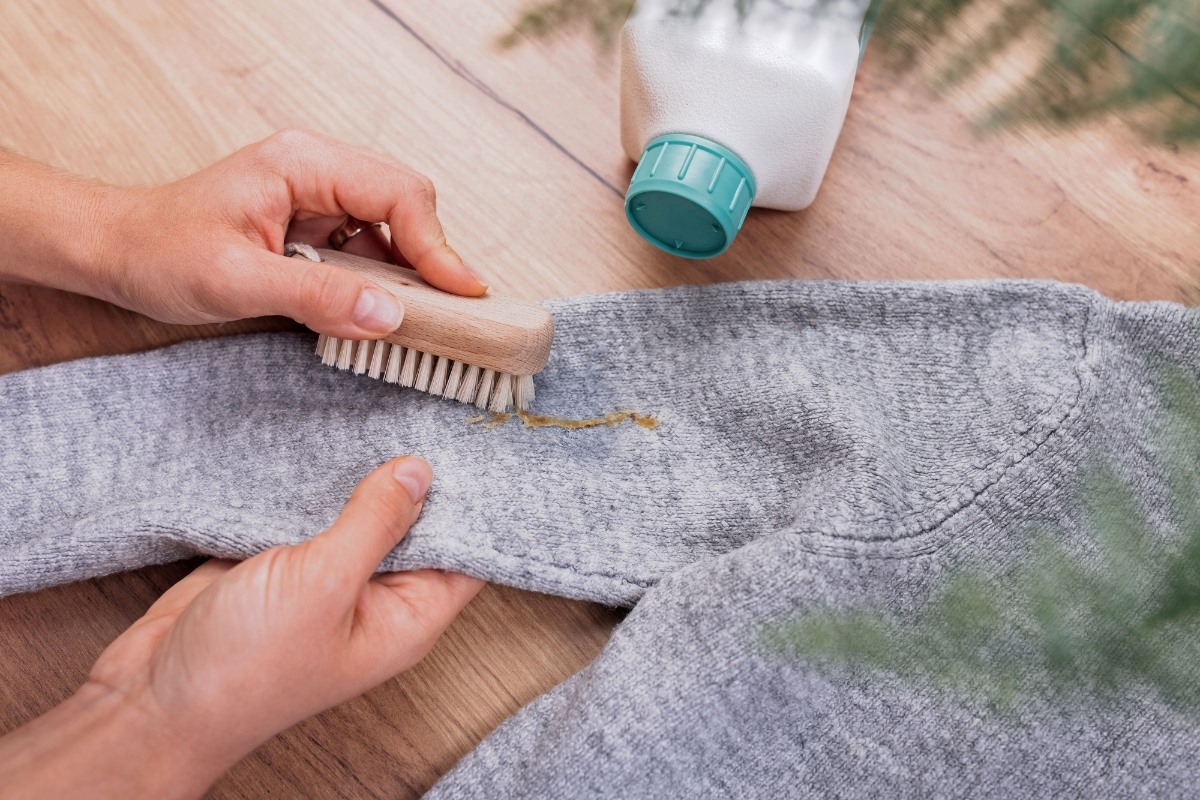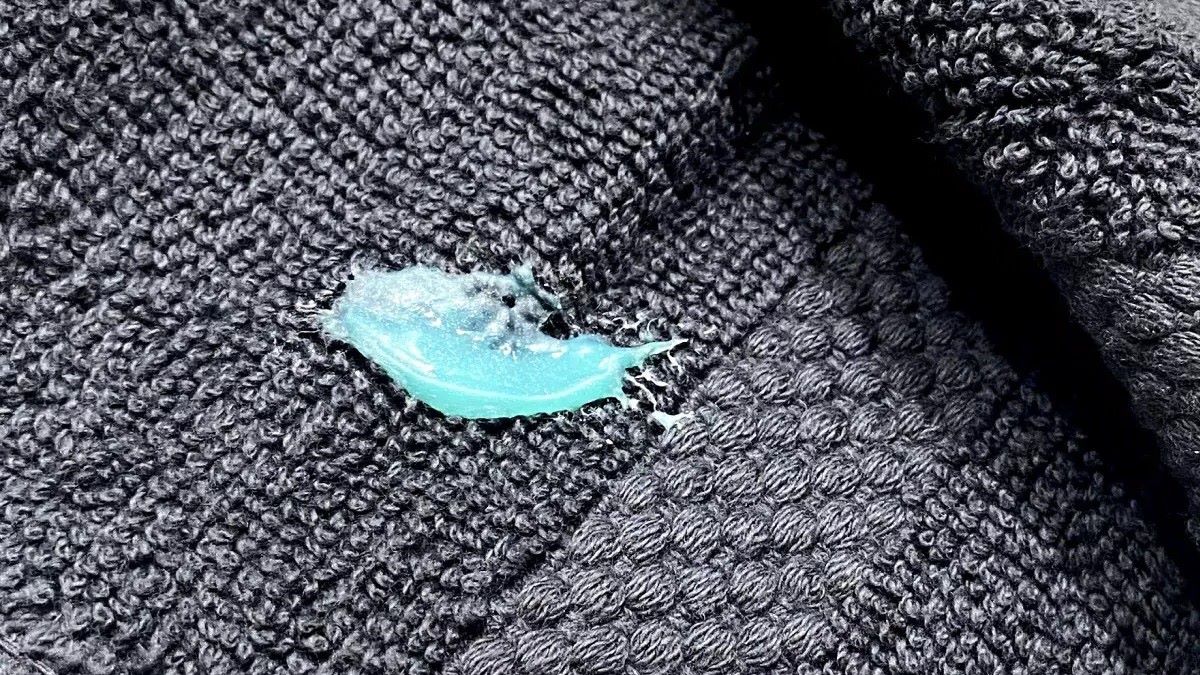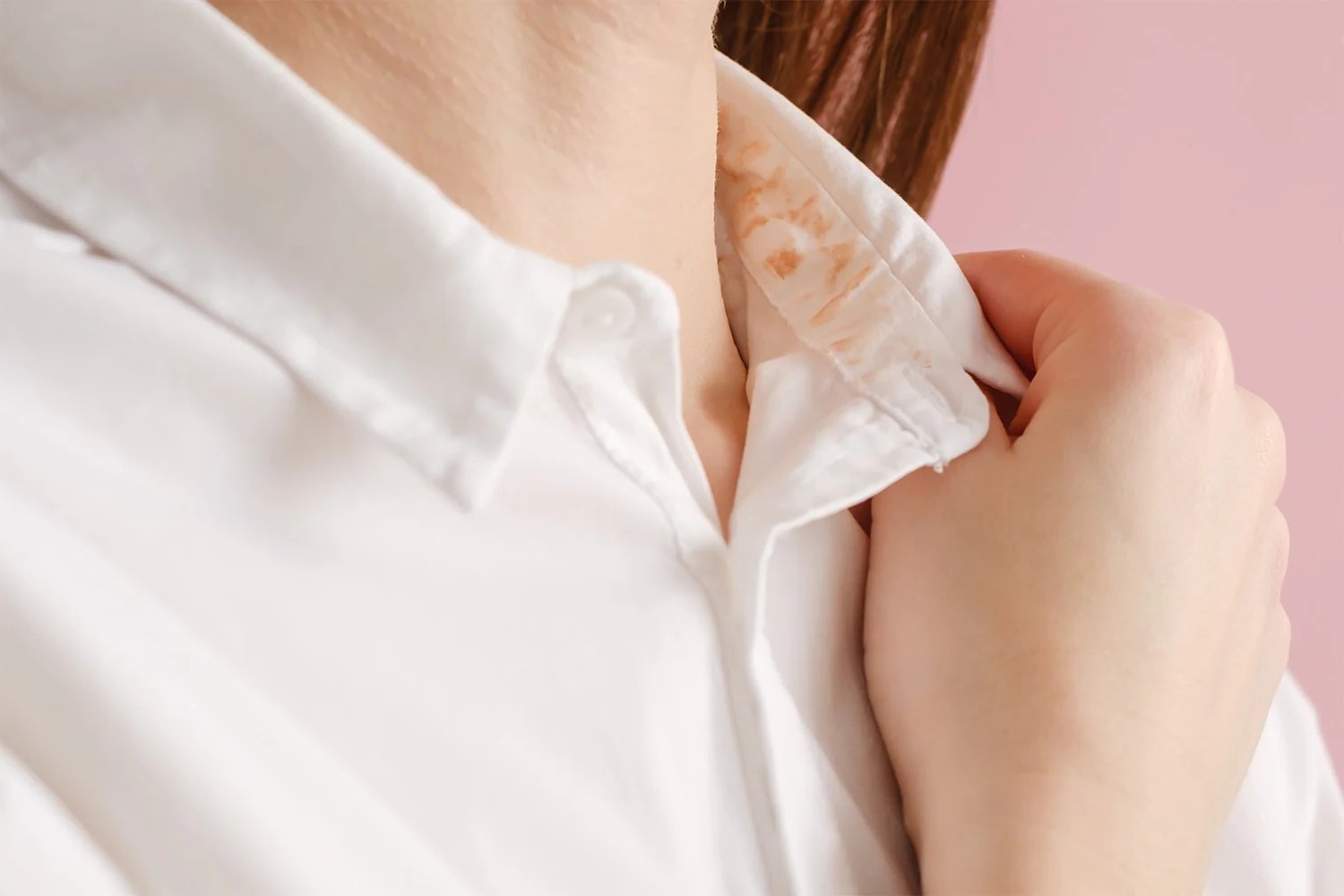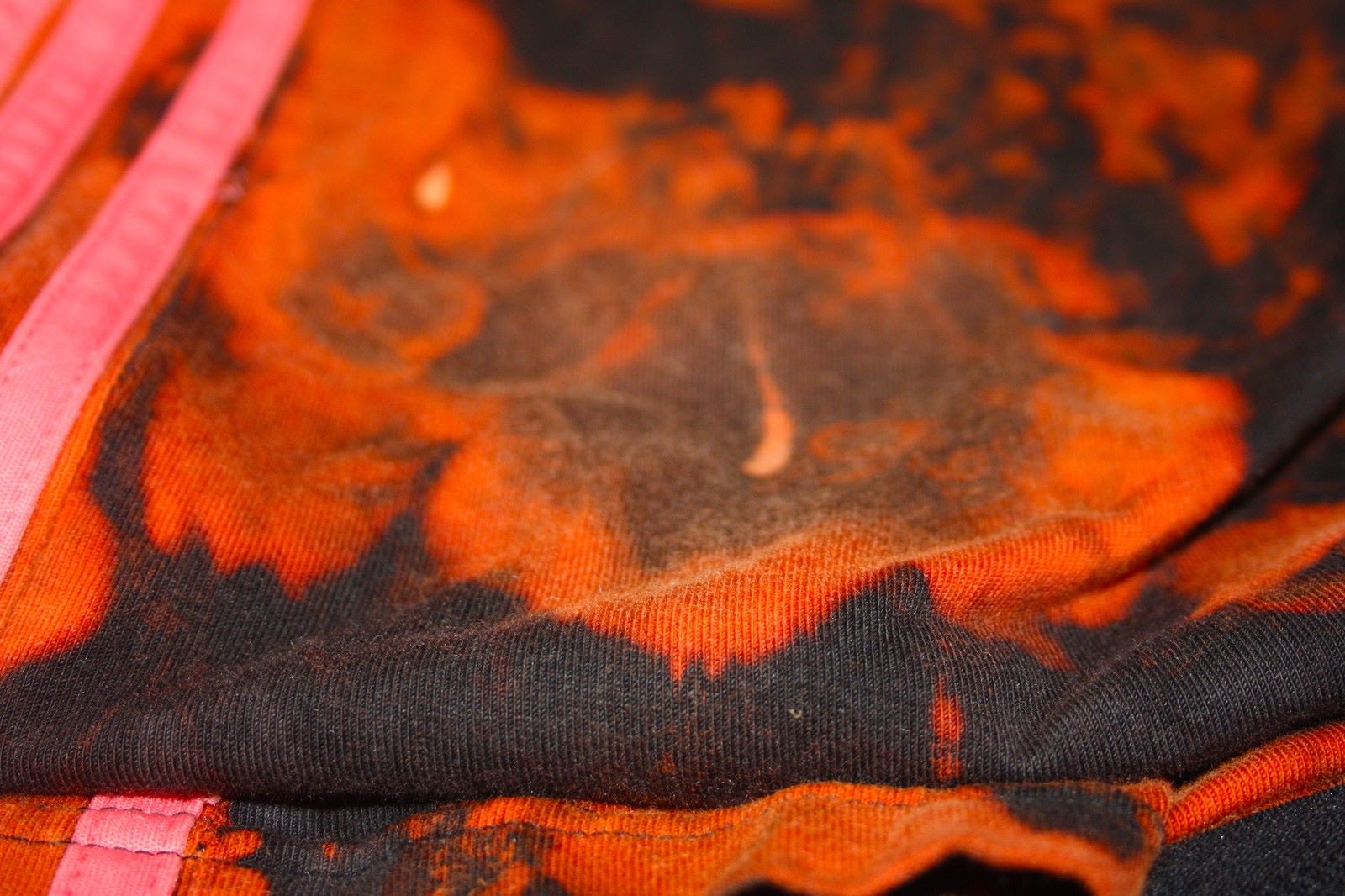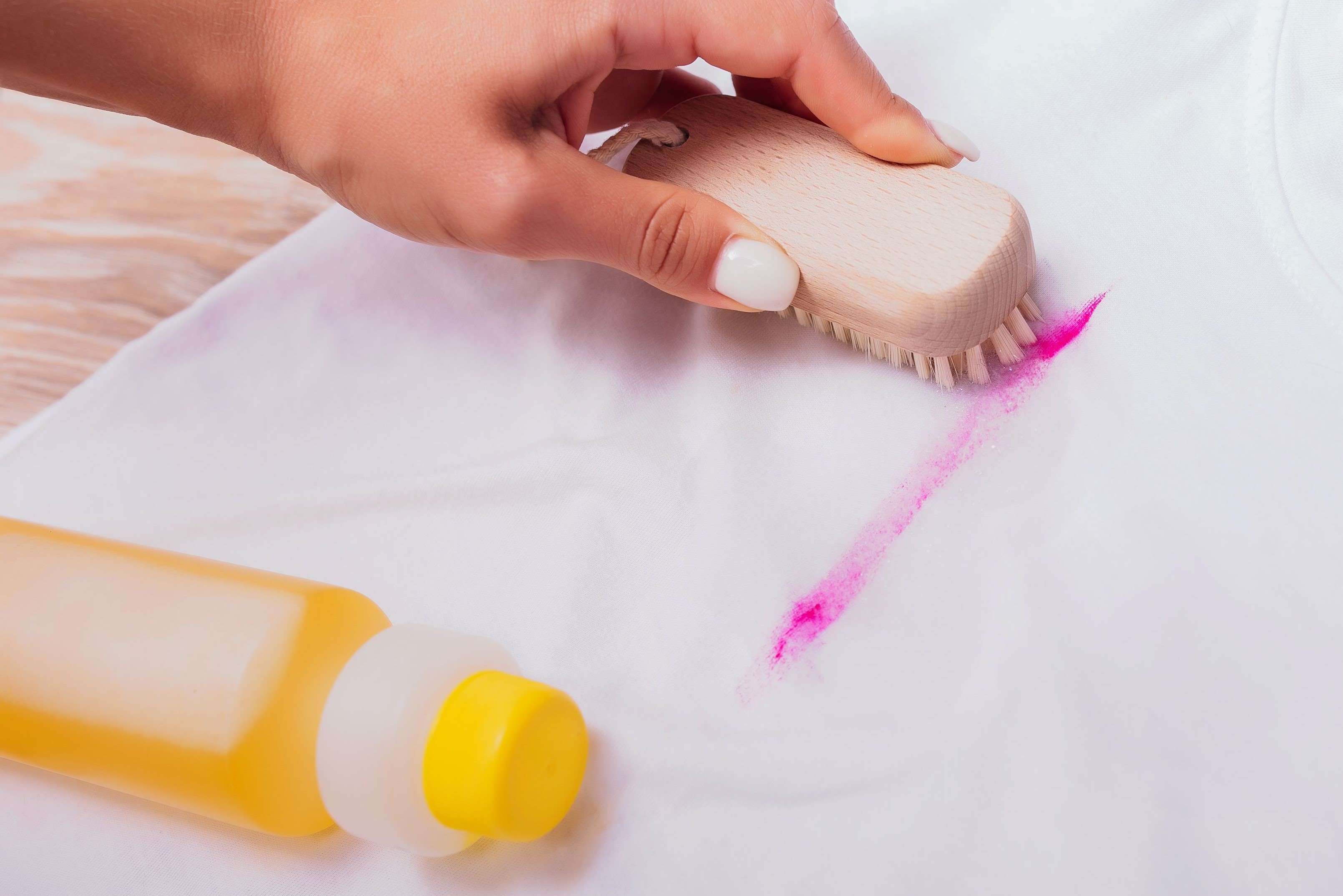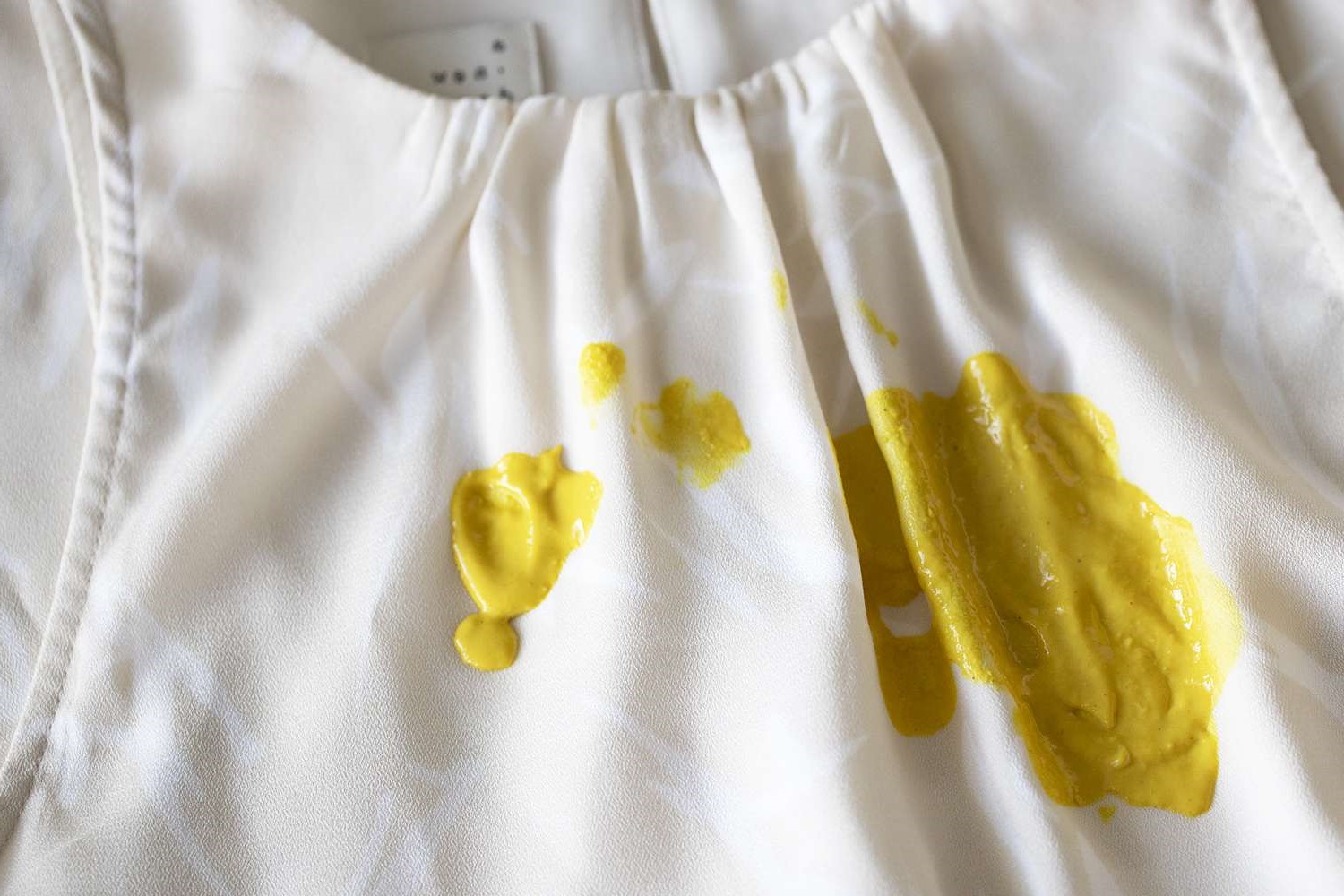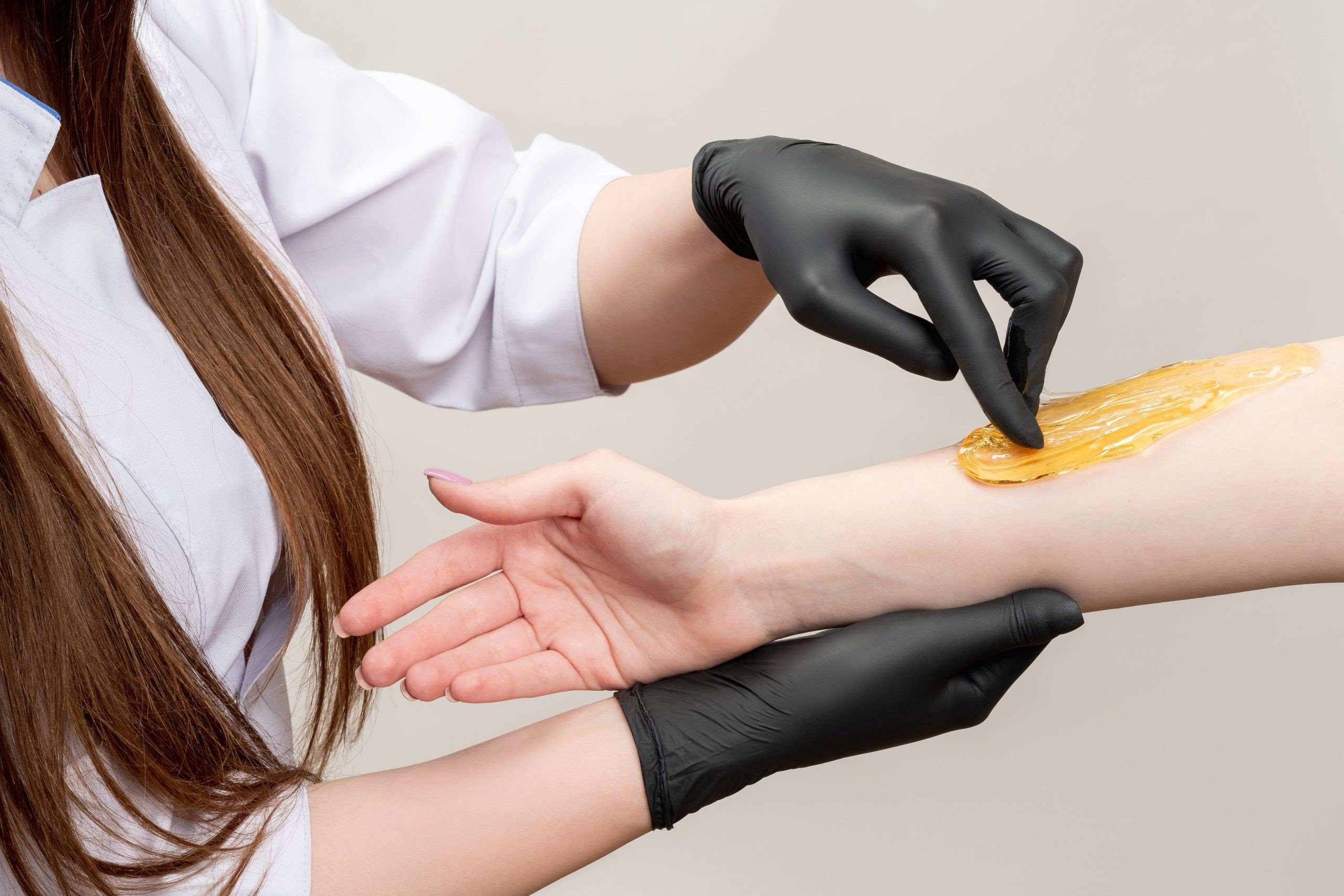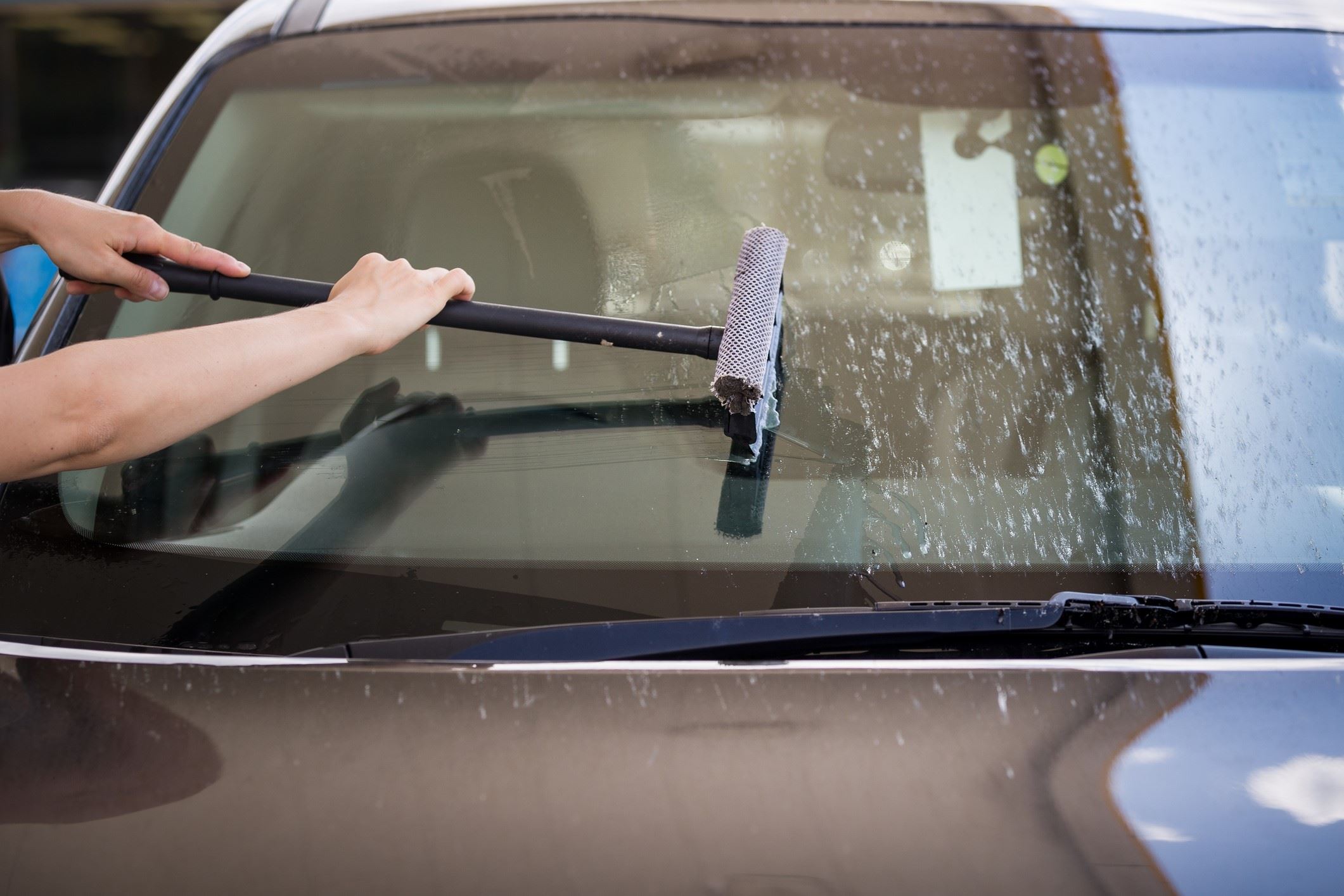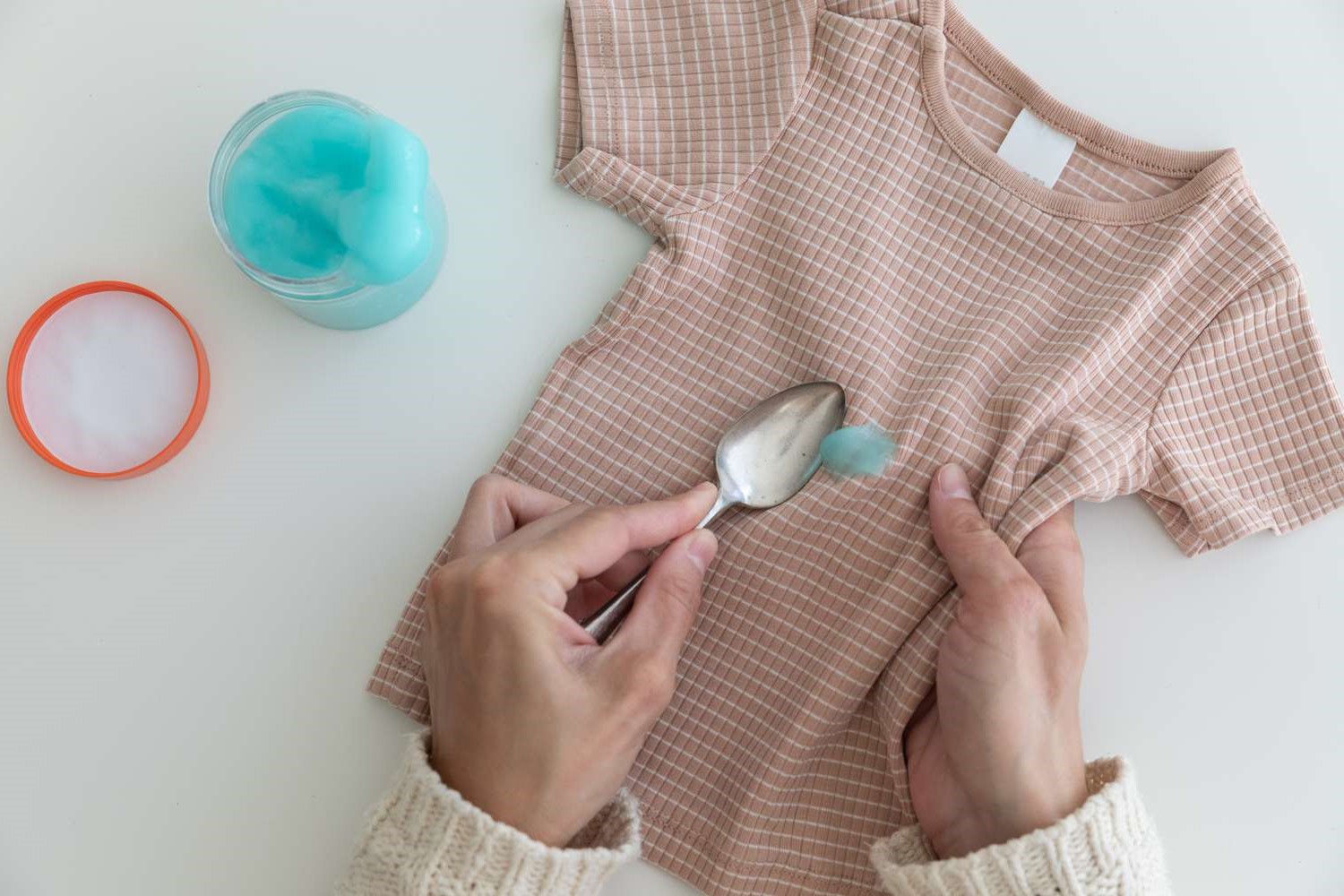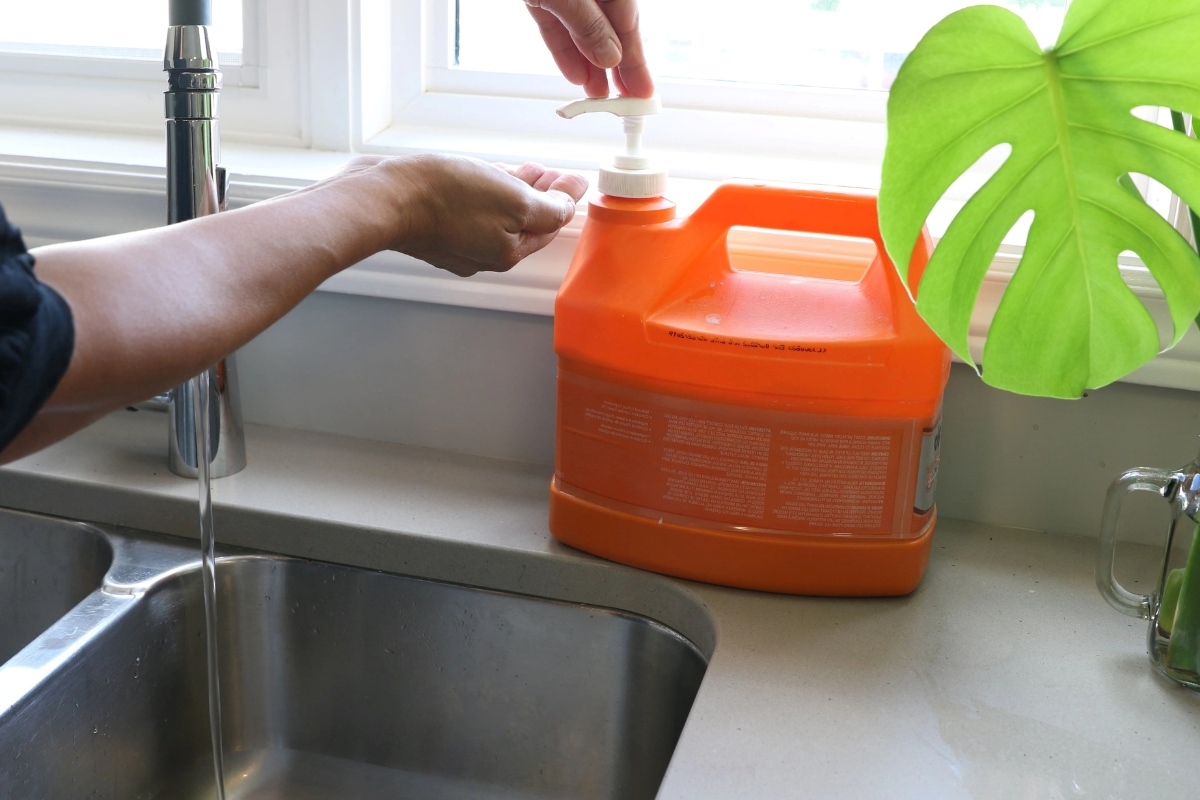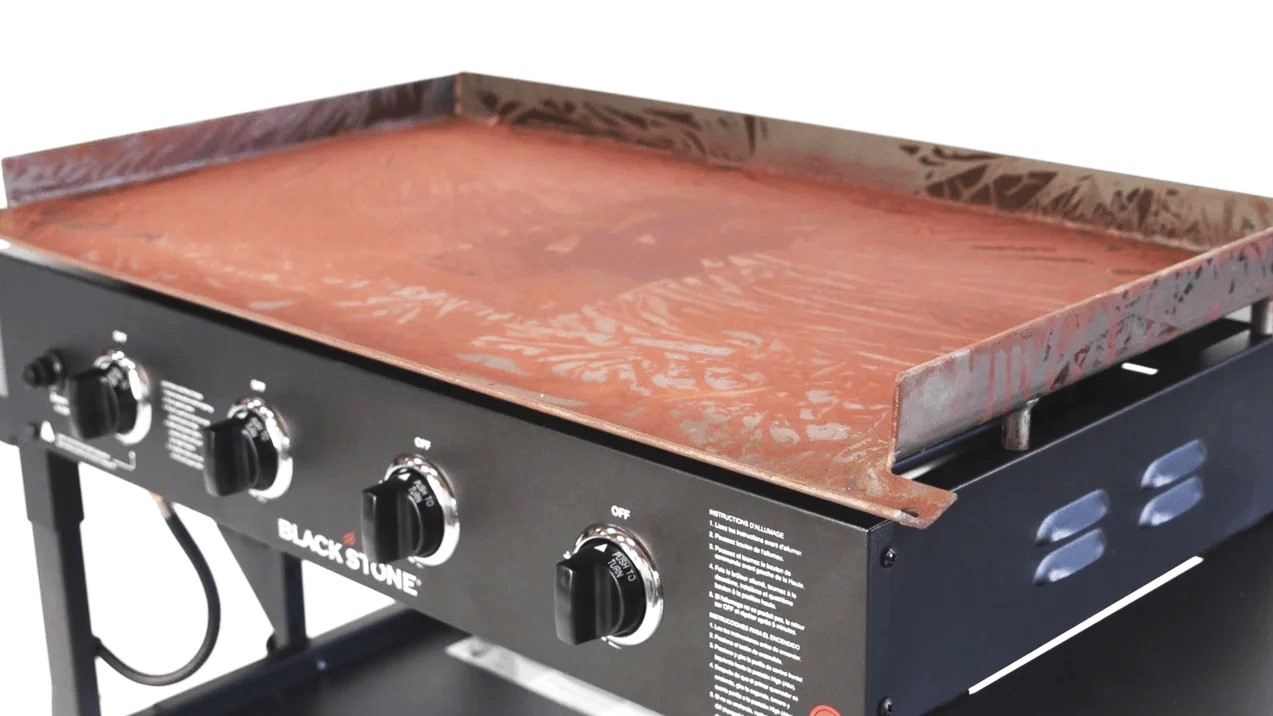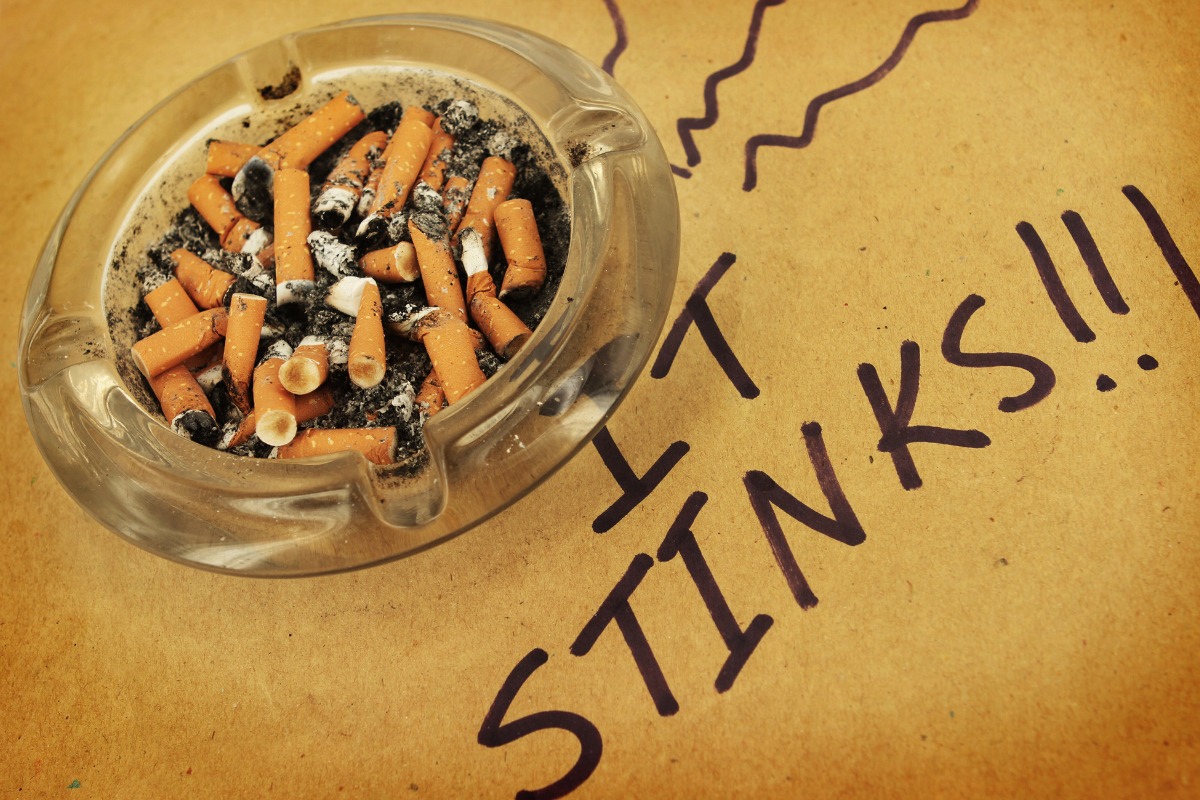Home>Home and Garden>How To Get Sticker Residue Off Clothes
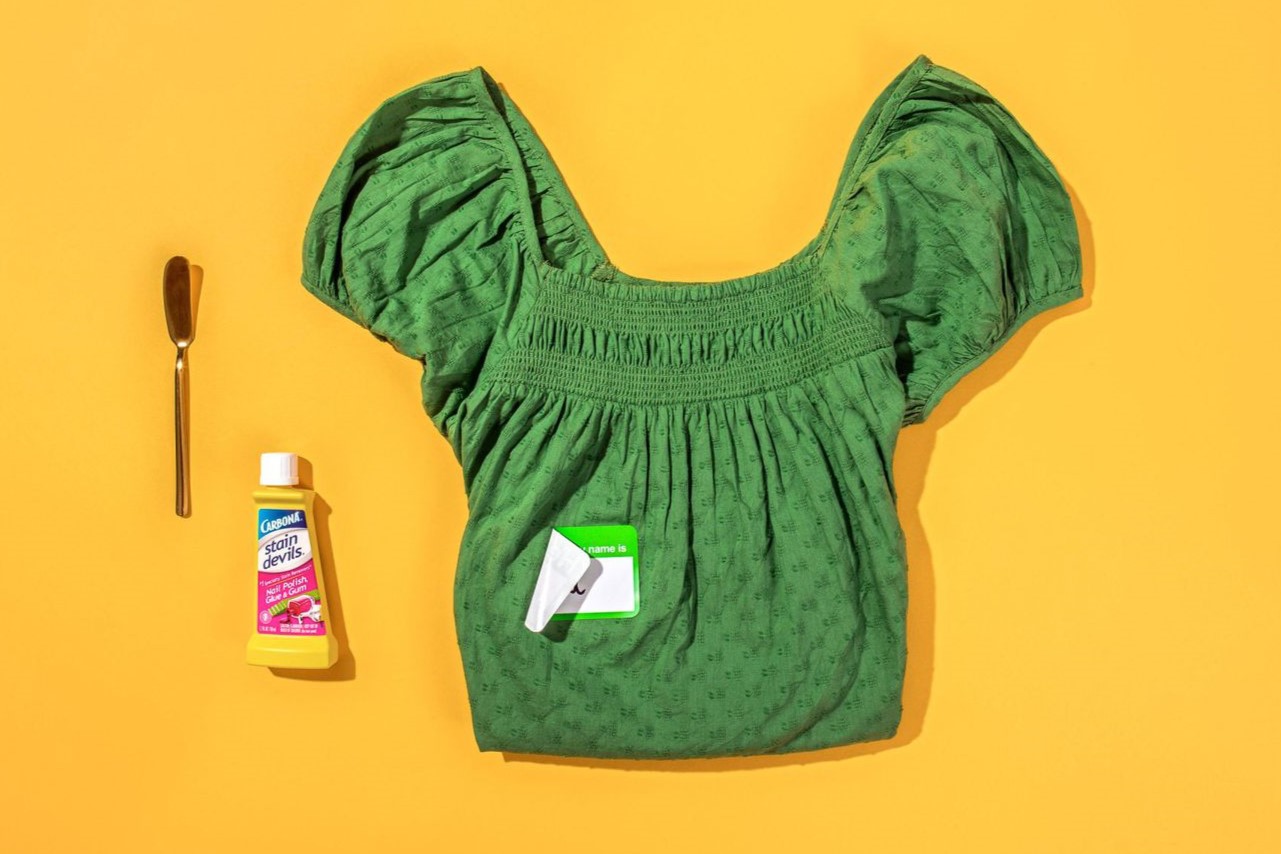

Home and Garden
How To Get Sticker Residue Off Clothes
Published: February 28, 2024
Learn effective methods for removing sticker residue from clothes with simple home and garden solutions. Keep your wardrobe looking fresh and clean!
(Many of the links in this article redirect to a specific reviewed product. Your purchase of these products through affiliate links helps to generate commission for Noodls.com, at no extra cost. Learn more)
Table of Contents
Introduction
Stickers are a fun way to decorate items or seal packages, but dealing with the sticky residue they leave behind on clothes can be a frustrating experience. Whether it's a stubborn price tag, a child's sticker, or a residue from a laundry label, the sticky remnants can be unsightly and challenging to remove. However, with the right techniques and a bit of patience, you can effectively eliminate sticker residue from your clothes without causing damage.
In this comprehensive guide, we will explore various methods for safely and efficiently removing sticker residue from clothes. From utilizing heat to employing oils or solvents, we will cover a range of techniques to cater to different fabric types and adhesive strengths. Additionally, we will delve into the use of commercial stain removers and provide valuable precautions and tips to ensure successful sticker residue removal while safeguarding the fabric's integrity.
By the end of this article, you will be equipped with the knowledge and confidence to tackle sticker residue on clothes effectively, restoring your garments to their pristine condition. Let's delve into the world of sticker residue removal and bid farewell to those stubborn sticky remnants!
Read more: How To Get Lint Balls Off Clothes
Understanding Sticker Residue
Sticker residue, also known as adhesive residue, is the sticky substance left behind when a sticker or label is peeled off fabric. This residue is often a combination of adhesive material and any pigments or paper fibers from the sticker. It can be a nuisance to deal with, as it not only mars the appearance of the fabric but also attracts dust and lint, further exacerbating the problem.
The nature of sticker residue varies depending on the type of adhesive used in the sticker. Some adhesives are designed to be semi-permanent, making them more challenging to remove, while others are intended to be easily removable. Additionally, the fabric type plays a crucial role in how the residue adheres. For instance, removing sticker residue from delicate fabrics such as silk or satin requires a gentler approach compared to removing it from denim or cotton.
Understanding the composition of sticker residue is essential for choosing the most effective removal method. It's important to consider the fabric's sensitivity to heat, the potential reaction to solvents or oils, and the overall condition of the garment. By comprehending the characteristics of sticker residue and its interaction with different fabrics, you can tailor your approach to ensure successful removal without causing damage.
In the following sections, we will explore various methods for removing sticker residue from clothes, taking into account the diverse nature of fabrics and adhesive strengths. Whether it's utilizing heat, oils, solvents, or commercial stain removers, each method is designed to address specific challenges posed by sticker residue, providing you with a comprehensive toolkit to restore your clothes to their pristine state.
Methods for Removing Sticker Residue from Clothes
When it comes to removing sticker residue from clothes, there are several effective methods that cater to different fabric types and adhesive strengths. Each approach offers a unique way to tackle the stubborn remnants, ensuring that your garments are restored to their original condition without causing damage. Let's explore these methods in detail:
Using Heat to Remove Sticker Residue
Heat can be a valuable ally in the battle against sticker residue. One popular method involves using a hairdryer or a clothes iron to gently warm the affected area. By applying heat to the residue, the adhesive softens, making it easier to lift off the fabric. To use this method, place a piece of clean cloth over the residue and apply the heated tool in a sweeping motion. Be cautious not to overheat the fabric, especially if it is delicate or synthetic, as excessive heat can cause damage.
Using Oils or Solvents to Remove Sticker Residue
Oils and solvents can effectively dissolve sticker residue, making it easier to wipe away. Common household oils such as cooking oil, baby oil, or coconut oil can be applied to the affected area and left to penetrate the residue for a few minutes. Once the adhesive has softened, gently rub the area with a clean cloth or a soft-bristled brush. Alternatively, rubbing alcohol or nail polish remover can be used as solvents to break down the residue. It's important to test these substances on a small, inconspicuous area of the fabric to ensure they do not cause discoloration or damage.
Read more: How To Get Butter Out Of Clothes
Using Commercial Stain Removers
Commercial stain removers formulated specifically for adhesive residue can be a convenient solution for tackling stubborn remnants. These products are designed to break down the adhesive and facilitate easy removal. When using a commercial stain remover, it's essential to follow the manufacturer's instructions carefully and conduct a patch test to ensure compatibility with the fabric. Additionally, consider choosing a stain remover that is suitable for the specific fabric type to avoid any adverse effects.
Each of these methods offers a unique approach to removing sticker residue from clothes, providing flexibility and catering to different preferences and fabric sensitivities. By understanding the characteristics of each method and considering the nature of the fabric and adhesive, you can choose the most suitable approach to effectively eliminate sticker residue while safeguarding the integrity of your garments.
Using Heat to Remove Sticker Residue
Using heat to remove sticker residue from clothes can be an effective and gentle method, particularly for fabrics that are sensitive to harsh chemicals or vigorous scrubbing. The application of heat helps soften the adhesive, making it easier to lift off the fabric without causing damage. There are two primary approaches to using heat for sticker residue removal: utilizing a hairdryer or employing a clothes iron.
When using a hairdryer, begin by setting it to a low or medium heat setting. Hold the hairdryer a few inches away from the affected area and direct the warm air onto the residue. It's important to keep the hairdryer in constant motion to prevent overheating the fabric. As the adhesive warms up, you may notice the residue becoming softer and more pliable. Once the residue has softened, gently peel it off the fabric using your fingers or a soft, non-abrasive cloth. If the residue proves stubborn, you can repeat the process, gradually increasing the heat setting while exercising caution to avoid damaging the fabric.
Alternatively, a clothes iron can be used to remove sticker residue. Place a clean cloth over the affected area to act as a protective barrier between the iron and the fabric. Set the iron to a low heat setting, ensuring that it does not exceed the recommended temperature for the fabric type. Gently press the iron over the cloth-covered residue, moving it in a sweeping motion. The heat from the iron will help soften the adhesive, allowing it to transfer onto the cloth. After a few passes, carefully lift the cloth to inspect the residue. If necessary, repeat the process with a slightly higher heat setting, always monitoring the fabric's response to the heat.
It's important to exercise caution when using heat to remove sticker residue, especially on delicate or synthetic fabrics. Always test the heat application on a small, inconspicuous area of the fabric to ensure that it does not cause damage or discoloration. Additionally, avoid prolonged exposure to heat, as this can lead to fabric damage or distortion. By employing the appropriate heat application technique and closely monitoring the fabric's response, you can effectively remove sticker residue from clothes using this gentle and non-invasive method.
Using Oils or Solvents to Remove Sticker Residue
Using oils or solvents to remove sticker residue from clothes can be an effective and versatile method, particularly for stubborn or dried-on residues. Household oils such as cooking oil, baby oil, or coconut oil can work wonders in breaking down the adhesive, making it easier to lift off the fabric. Additionally, rubbing alcohol or nail polish remover can serve as effective solvents to dissolve the residue, facilitating its removal without causing damage to the fabric.
To begin, apply a small amount of the chosen oil or solvent directly onto the sticker residue, ensuring that it saturates the affected area. Allow the oil or solvent to penetrate the residue for a few minutes, giving it time to soften the adhesive. This process is particularly beneficial for residues that have been in place for an extended period or have dried onto the fabric.
Once the adhesive has softened, gently rub the area with a clean cloth or a soft-bristled brush, working in a circular motion to lift the residue from the fabric. It's essential to exercise patience and avoid using excessive force, as this can potentially damage the fabric fibers. As you continue to rub the area, you may notice the residue gradually breaking apart and detaching from the fabric, leaving the surface clean and adhesive-free.
When using oils such as cooking oil or coconut oil, their natural lubricating properties aid in loosening the adhesive, making it easier to wipe away. These oils are particularly gentle on fabrics and are less likely to cause discoloration or damage. Similarly, rubbing alcohol and nail polish remover effectively dissolve the adhesive, allowing for swift and efficient removal of the residue.
It's crucial to conduct a patch test on a small, inconspicuous area of the fabric before applying oils or solvents more broadly. This helps ensure that the chosen substance does not cause discoloration, staining, or adverse reactions with the fabric. Additionally, always work in a well-ventilated area when using solvents to avoid inhaling fumes, and refrain from using them near open flames or heat sources.
By utilizing oils or solvents to remove sticker residue from clothes, you can effectively tackle stubborn remnants while preserving the fabric's integrity. This method offers a gentle yet potent approach to adhesive removal, catering to a wide range of fabric types and adhesive strengths. Whether it's a persistent price tag or a stubborn label, oils and solvents provide a reliable solution for restoring your clothes to their pristine condition.
Using Commercial Stain Removers
Commercial stain removers formulated specifically for adhesive residue offer a convenient and effective solution for tackling stubborn remnants on clothes. These specialized products are designed to break down the adhesive components of sticker residue, facilitating easy and efficient removal without causing damage to the fabric. When selecting a commercial stain remover for adhesive residue, it's essential to choose a product that is suitable for the specific fabric type and to follow the manufacturer's instructions meticulously.
One of the key advantages of using commercial stain removers is their targeted formulation, which is tailored to address the unique challenges posed by adhesive residues. These products often contain powerful yet fabric-safe ingredients that work to dissolve the adhesive, allowing for swift and thorough removal. Additionally, many commercial stain removers come in convenient spray or applicator bottle forms, providing ease of use and precise application to the affected areas.
When using a commercial stain remover to tackle sticker residue, it's crucial to conduct a patch test on a small, inconspicuous area of the fabric to ensure compatibility and to assess any potential adverse reactions. This step helps safeguard the fabric from unintended damage or discoloration, ensuring that the stain remover effectively targets the adhesive residue without compromising the garment's appearance.
To apply a commercial stain remover, begin by carefully following the product's instructions, which may include shaking the bottle, spraying the affected area, or using an applicator to target the residue. After applying the stain remover, allow it to penetrate the adhesive for the specified duration, typically a few minutes, to ensure effective breakdown of the residue. During this time, the active ingredients in the stain remover work to weaken the adhesive, making it easier to remove.
Following the recommended dwell time, gently agitate the treated area using a soft-bristled brush or a clean cloth, working in a circular motion to lift the residue from the fabric. It's important to avoid excessive scrubbing, as this can potentially damage the fabric fibers. Once the residue has been loosened, carefully wipe away the dissolved adhesive using a clean, damp cloth, ensuring that the fabric is left clean and residue-free.
By utilizing a commercial stain remover specifically designed for adhesive residue, you can effectively and efficiently tackle stubborn remnants on clothes, restoring the fabric to its pristine state. This method offers a targeted and reliable approach to adhesive removal, providing a valuable tool in the quest to eliminate sticker residue without compromising the integrity of the garment.
Read more: How To Get Hair Dye Out Of Clothes
Precautions and Tips for Removing Sticker Residue from Clothes
When embarking on the task of removing sticker residue from clothes, it's essential to exercise caution and implement effective strategies to safeguard the fabric and ensure successful adhesive removal. By adhering to the following precautions and tips, you can navigate the process with confidence and achieve optimal results:
-
Fabric Compatibility: Before applying any removal method, always consider the fabric type and its sensitivity to heat, oils, or solvents. Delicate fabrics such as silk or satin require gentler approaches, while robust materials like denim can withstand more robust removal techniques.
-
Patch Testing: Prior to widespread application, conduct a patch test on a small, inconspicuous area of the fabric using the chosen removal method. This helps assess the fabric's reaction and ensures that the method does not cause damage or discoloration.
-
Gentle Application: Whether using heat, oils, solvents, or commercial stain removers, apply the chosen method gently and avoid excessive force. Vigorous scrubbing or rubbing can potentially damage the fabric fibers, leading to unintended wear or distortion.
-
Ventilation: When using solvents or commercial stain removers, ensure that the work area is well-ventilated to prevent inhalation of fumes. Additionally, refrain from using solvents near open flames or heat sources to avoid potential hazards.
-
Heat Caution: When utilizing heat to remove sticker residue, exercise caution to prevent overheating the fabric. Constantly monitor the heat application and avoid prolonged exposure, especially on sensitive or synthetic fabrics.
-
Residue Removal: After applying the chosen removal method, thoroughly remove any residual adhesive from the fabric using a clean, damp cloth. Ensuring complete residue removal prevents potential re-adherence and maintains the fabric's cleanliness.
-
Follow Instructions: When using commercial stain removers, carefully follow the manufacturer's instructions for application, dwell time, and removal. Adhering to the recommended guidelines ensures optimal performance and minimizes the risk of fabric damage.
-
Patience and Persistence: Removing stubborn sticker residue may require patience and multiple attempts. Persistence and a methodical approach can yield successful results without compromising the fabric's integrity.
By incorporating these precautions and tips into your sticker residue removal process, you can effectively navigate the challenges posed by adhesive remnants while preserving the fabric's quality and appearance. Whether dealing with a vintage garment, a cherished piece of clothing, or everyday attire, these strategies empower you to tackle sticker residue with confidence and precision, ensuring that your clothes remain in pristine condition.
Conclusion
In conclusion, the battle against sticker residue on clothes can be effectively won with the right techniques and a mindful approach. The methods discussed in this comprehensive guide offer versatile and targeted solutions for addressing adhesive remnants, catering to a diverse range of fabric types and adhesive strengths. Whether it's utilizing heat to gently soften the residue, employing oils or solvents to dissolve the adhesive, or harnessing the power of commercial stain removers, each method provides a valuable tool in the quest to restore clothes to their pristine condition.
Understanding the nature of sticker residue and its interaction with different fabrics is paramount in choosing the most suitable removal method. Delicate fabrics such as silk or satin require gentle approaches, while more robust materials like denim can withstand more rigorous removal techniques. By considering fabric compatibility and conducting patch tests, individuals can ensure that the chosen method effectively targets the adhesive residue without causing unintended damage or discoloration.
Furthermore, the precautions and tips outlined in this guide serve as a valuable framework for navigating the sticker residue removal process with confidence and precision. From exercising caution with heat application to ensuring thorough residue removal, these strategies empower individuals to tackle adhesive remnants while safeguarding the fabric's integrity.
Ultimately, the successful removal of sticker residue from clothes hinges on a combination of patience, persistence, and informed decision-making. Whether it's a cherished vintage garment, everyday attire, or a beloved piece of clothing, the methods and precautions detailed in this guide equip individuals with the knowledge and confidence to bid farewell to stubborn sticky remnants, ensuring that their clothes remain clean, pristine, and free from unsightly adhesive residues.
By incorporating these techniques and considerations into their approach, individuals can embark on the sticker residue removal journey with the assurance that their clothes will emerge unscathed, ready to be enjoyed once again. With the right tools and a mindful approach, the frustration of dealing with sticker residue on clothes can be transformed into a successful and rewarding endeavor, allowing garments to shine in their original splendor.
